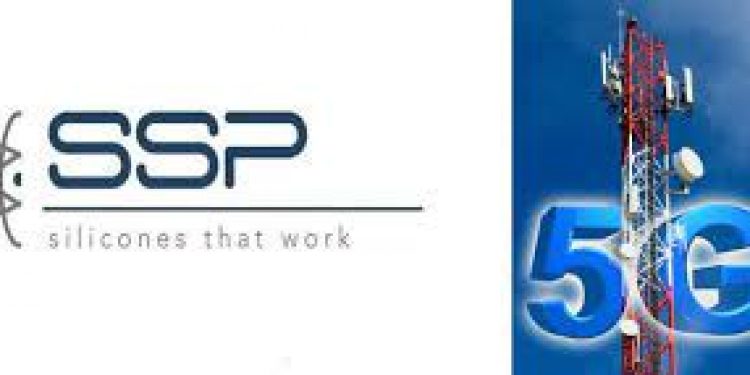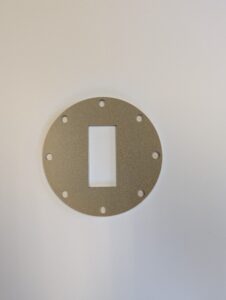5G EMI shielding from SSP uses electrically-conductive silicones to provide EMI shielding and environmental sealing.
5G networks will increase the speed, responsiveness, capacity, and latency of wireless communications. Fifth-generation (5G) cellular technology will also provide greater support for the Internet of Things (IoT), a network of connected, physical objects that contain electronics and sensors. Today, IoT applications include wearables, appliances, vehicles, virtual reality (VR), augmented reality (VR), and Industry 4.0.
Many electronic designers are excited about 5G’s benefits, but there’s also some cause for concern. Public health advocates claim that 5G has not been tested for safe levels of exposure to electromagnetic fields (EMF). These critics say that the FCC’s exposure guidelines are out-of-date and don’t account for long-term, low-level EMF exposure that can harm human health.
EMF radiation emissions could also affect your electronic designs in the form of electromagnetic interference (EMI), a problem that’s hardly limited to 5G. What 5G networks require, however, could increase EMI-related challenges. There’s still time to prepare, but electronic designers need to understand some 5G network fundamentals and EMI shielding solutions.
5G Network Fundamentals
5G networks will need their own frequency bands because current fourth-generation (4G) networks don’t have enough room to accommodate the vast amounts of data that 5G will transfer. 5G networks will also be the first to use millimeter waves, high frequencies ranging from 30 to 300 GHz. The problem with these waves is that they don’t travel as far as low-frequency waves and won’t readily pass through structures.
Telecommunications companies plan to address this challenge by installing large numbers of small cells. Since many of these cells will have a limited coverage range, they’ll need to be installed at higher densities than with 4G networks. Directional-phased array antennas, a 5G enabling technology, will steer waves in the desired direction, but more cells still means more EMF radiation emissions.
5G EMI Shielding Solutions
Enclosures for 5G devices can use gaskets made of particle-filled elastomers for EMI shielding, electrical conductivity, and environmental sealing. Specialty Silicone Products (SSP) supplies conductive elastomers that use silicone or fluorosilicone as the base material and are filled with nickel-coated or silver-coated particles. Shielding reports for many of these SSP elastomers are available for download.
SSP supplies SpecShield™ silicones as sheets, rolls, ready-to-mold compounds, extruded profiles, and bonded O-rings. The Ballston Spa, New York (USA) company also offers a series of EMI white papers and a new video, EMI/RFI Gasketing: Outside the Box Solutions to Protect What’s in the Box, that’s based on an IEEE GlobalSpec webinar.





